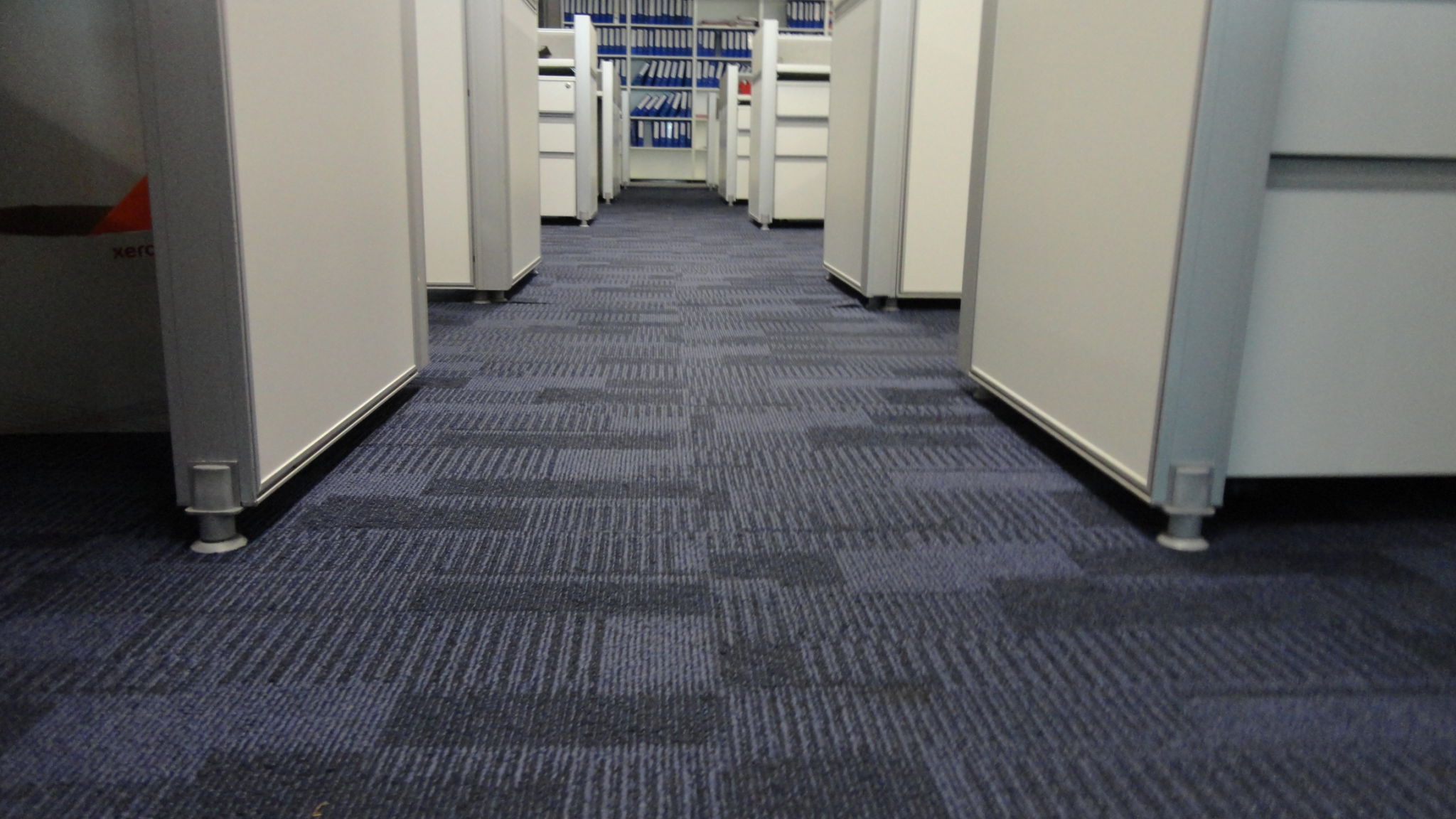Commercial Carpet Tiles vs. Traditional Flooring: A Comparison for Charlotte Businesses
Understanding Commercial Carpet Tiles
When considering flooring options for your Charlotte business, commercial carpet tiles stand out as a modern and versatile choice. These tiles are designed to withstand heavy foot traffic and offer a range of design possibilities. They are constructed with durability in mind, making them ideal for commercial environments where wear and tear are common concerns.
One of the main advantages of carpet tiles is their ease of installation. Unlike traditional flooring, which can be time-consuming and labor-intensive to install, carpet tiles can be laid down quickly and easily. This not only minimizes disruption to your business operations but also allows for faster project completion.

Benefits of Traditional Flooring
Traditional flooring options, like hardwood, laminate, and ceramic tiles, have long been popular choices for businesses. These materials offer a classic aesthetic appeal that can enhance the overall ambiance of a commercial space. Hardwood floors, in particular, are known for their timeless elegance and can add significant value to a property.
Moreover, traditional flooring is often praised for its longevity. With proper maintenance, materials like hardwood and ceramic can last for decades. This durability can make them a cost-effective option in the long run, despite their higher initial cost compared to carpet tiles.
Comparing Installation and Maintenance
The installation process for traditional flooring can be more involved than that for carpet tiles. It often requires skilled labor and may take several days to complete, depending on the size of the area. On the other hand, carpet tiles are more user-friendly and can even be installed by in-house maintenance staff with minimal training.

When it comes to maintenance, both options have their pros and cons. Traditional floors may require regular polishing or sealing to maintain their appearance, whereas carpet tiles can benefit from regular vacuuming and spot cleaning. However, if damage occurs, replacing a single carpet tile is far less disruptive and costly than repairing a section of traditional flooring.
Design Flexibility
Design is a crucial aspect when choosing flooring for your business. Carpet tiles provide exceptional design flexibility due to the variety of colors, patterns, and textures available. This allows businesses to create unique floor patterns or use different colors to designate specific areas within a space.

Traditional flooring also offers diverse style options but may be limited by the natural characteristics of the materials. While hardwood and ceramic tiles come in various finishes and colors, they do not offer the same level of customization as carpet tiles do.
Cost Considerations
The cost of flooring is always a significant factor in decision-making. Carpet tiles generally have a lower upfront cost compared to many traditional flooring types. Their ease of installation further reduces costs associated with labor.
Traditional flooring may have a higher initial investment but often adds more value to a property over time. The choice between these two options may ultimately depend on whether immediate budget constraints or long-term investment value are more important to your business.
Making the Right Choice for Your Business
Choosing between commercial carpet tiles and traditional flooring requires careful consideration of various factors including budget, design preferences, maintenance expectations, and installation timelines. Each option has its unique advantages that can cater to different business needs.
For Charlotte businesses looking to make a decision, it's crucial to assess your specific requirements and consult with flooring professionals who can provide tailored advice. Understanding the characteristics of each type will help ensure that your choice aligns with both your aesthetic vision and functional needs.
